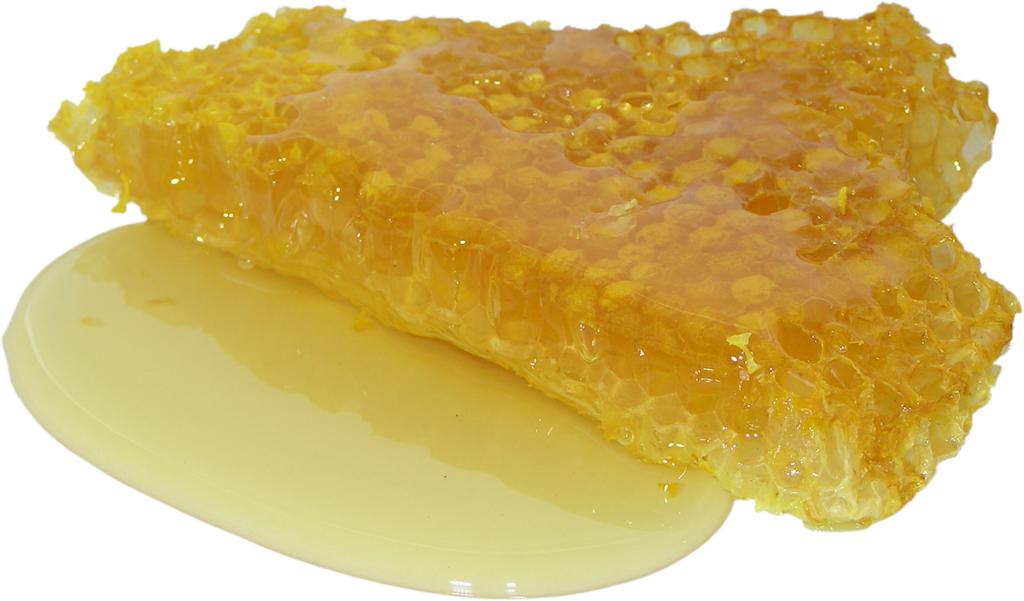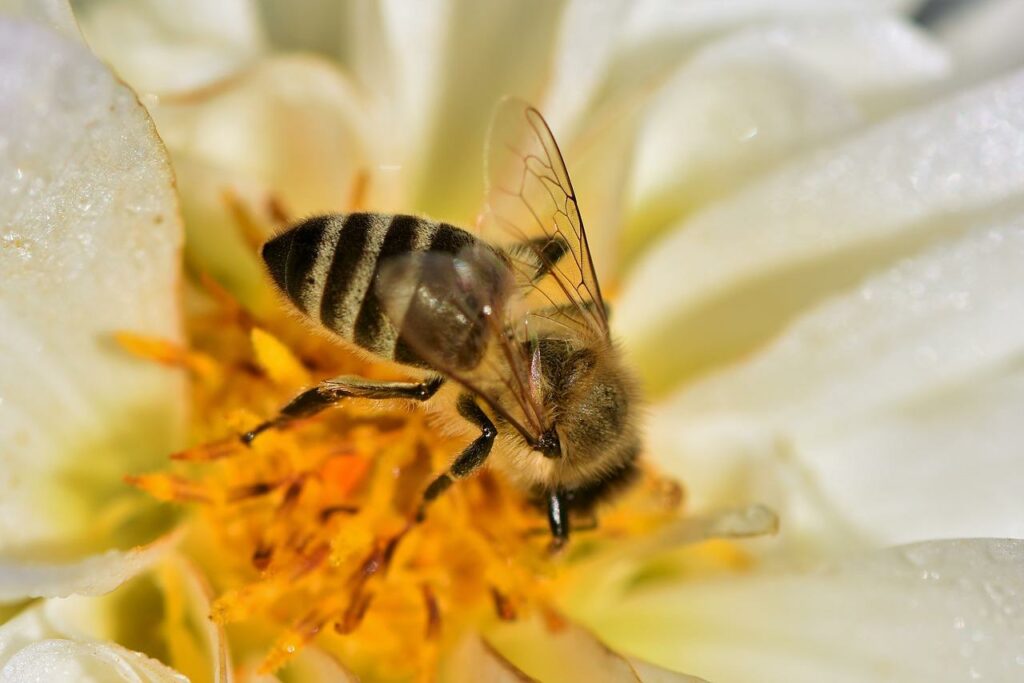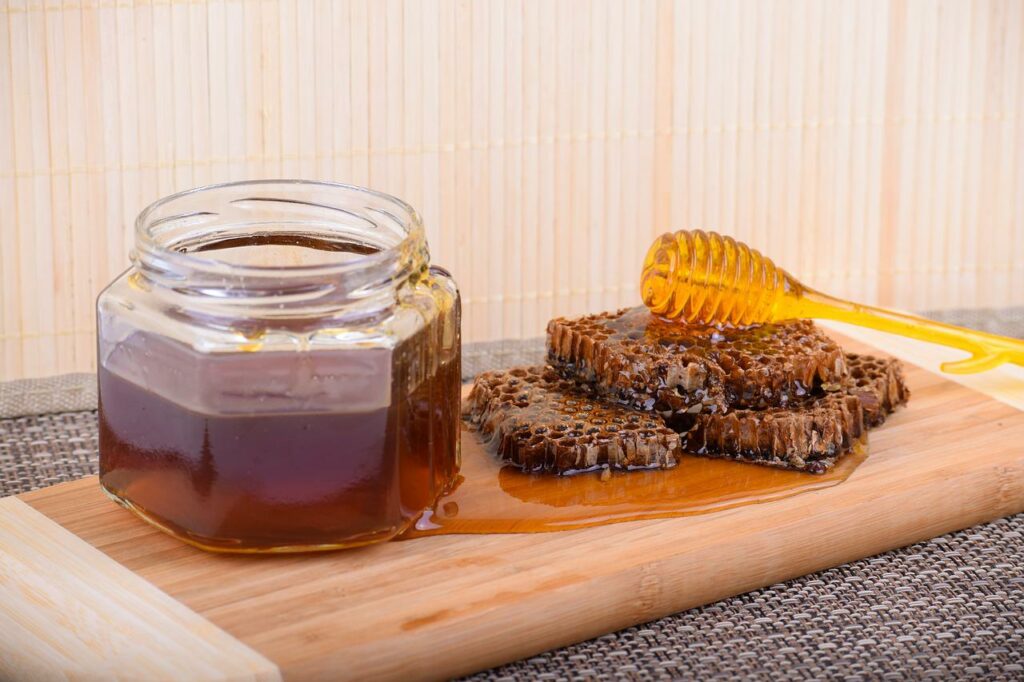Want to know more about the different types of honey? Check out this blog post to learn about the benefits of each type of honey and find your new favorite!
Introduction
Looking for a delicious and healthy way to sweeten your food? Look no further than honey! Honey is a natural sweetener that has many health benefits. There are different types of honey, each with its own unique flavor and nutritional profile. In this blog post, we’ll explore the different types of honey and their health benefits. Raw honey, Manuka honey, and clover honey are just a few of the delicious varieties available. So, what are you waiting for? Start exploring the world of honey today!
How many different types of honey are there?
Honey is a delicious and healthy food that has been around for centuries. It is produced by bees and has many different uses. Today, there are more than 300 types of honey that exist with each one having different health benefits.

Honey can be broadly categorized as raw or processed, and there are many subcategories depending on the source, processing methods, composition, color, and therapeutic applications.
Processed honey is any type that has been heated, filtered, or had other chemicals added to it. The following are some of the most popular types of honey:
● Sage honey.
● Manuka honey.
● Eucalyptus honey.
● Elvish honey.
● Dandelion honey.
● Clover honey.
● Buckwheat honey.
● Alfalfa honey.
● Acacia honey.
Wildflower Honey
Wildflower honey comprises a mixture of flowers and wild blossoms. This type of honey depends on the region and season where it is collected. It can come from any country that produces honey.
The taste of wildflower honey varies depending on the flowers used to make it. However, it usually has a slightly darker color than other types of honey and imparts a robust flavor to baked goods. Wildflower honey is recommended for cooking and baking. It is commonly used to sweeten bread, meats, and muffins.
Sage Honey
Sage honey is a type of honey produced by bees collecting nectar from sage plants. This type of honey is light in color but thick in texture. Produced mostly in California, sage honey has a mild but sweet taste, making it a versatile option for use in recipes or as a standalone sweetener. Sage honey is also slow to crystallize, which means it can be blended with other types of honey to prevent the formation of crystals.
In addition to its culinary uses, sage honey also has medicinal benefits. It has antifungal, antispasmodic, antibacterial, and antiseptic properties and can also help to reduce congestion and inflammation.
Manuka Honey
Manuka honey is mostly produced in New Zealand and Australia by the bees that collect the nectar from the classic Manuka bush. This honey is slightly sweet like the other types of honey but has a small unique nutty taste that is almost like a bitter aftertaste.
Although all types of money are recognized for their natural antibacterial properties, Manuka honey contains greater levels of these ingredients than others. It is not only known to protect against any kind of damage from bacterial action but also increases the production of radicals that help repair any damaged tissue. In addition, it also helps to ease pain and inflammation.
Eucalyptus Honey
Eucalyptus honey is a popular type of Australian honey that is produced by the honey bees pollinating the eucalyptus plants. This honey offers a quite sweet taste along with the unique cooling effect from eucalyptus. Additionally, it has a little therapeutic scent which makes it great for colds, coughs, and other respiratory diseases. Moreover, the mild flavor of eucalyptus honey makes it perfect for table use as well as in cooking and baking. You can often see this type of honey being used on toast or in pastries and teas.
Orange Blossom Honey
Orange Blossom Honey is well known to be produced in Florida’s oranges garden. Just like oranges, this honey also has a little citrus flavor with a golden color. It is also sweet with a wholesome taste. You can use this honey for cooking or even baking. It would be perfect to spread on biscuits or pancakes. You can also add it to your drinks to make them more refreshing. Not to mention, this honey is commonly used on many restaurants’ menus. Who wouldn’t want to try a new menu with a hint of orange in it?

Dandelion Honey
Dandelion honey is a type of honey that is produced on the South Island of New Zealand. It is a stronger variety of honey with a little sour texture. The color of dandelion honey is dark amber and it has a distinct dandelion smell. Dandelion is viewed as a medicinal herb in many countries such as India, China, and Tibet. This is because of the honey’s healing properties. Consequently, dandelion honey is a popular choice for those looking for an alternative medical remedy.
Clover Honey
Clover hanging is also known as Trifolium Pratense in some regions of the world. It is known for its soft texture and fragrant taste of clover plants. Clover honey is light golden in color and has a mild, sweet taste with a touch of cinnamon. It is produced in large quantities in countries such as the United States, New Zealand, Canada, and Sweden. This type of honey is not as dark as other varieties, such as Manuka and buckwheat honey. However, it is a perfect multi-function honey for your needs.
You can use clover honey as a tableside condiment, in cooking or baking. It is commonly used in sauces, yogurt, cereals, desserts, and sweet bread. Try it today!
Buckwheat Honey
Buckwheat honey is produced by the honey bees that pollinate from buckwheat grains and white little blossoms. The most famous Origins of this money include the United States, Canada, Netherlands, France, and Japan. The notable characteristics of this honey include its thick texture, amber color, and characteristic earthy fragrance. It is also higher in antioxidants than most other types of honey.
This type of honey is recommended to be used in cooking and baking due to its bold flavors. It can help baked goods maintain moisture and prevent cracking. Buckwheat honey is commonly used in recipes such as sauces, honey cakes, and bread.
Alfalfa Honey
Canada and United States are among the largest producers of Alfalfa honey. The major origin of the pollination for this type of honey creation is the shiny alfalfa purple blossoms. The end product is mild sweet honey having a light and soft texture and a herbal flavor.
The smoothness, as well as taste of the Alfalfa honey, is quite similar to Clover honey. Though, because it is less sweet in nature, it is more suitable for cooking purposes. You can use it as a healthful sugar alternative for pastries and bread. Alfalfa honey is recommended to be used on tables, for cooking and baking. It is also widely used in dressings, teas, and sauces.
Acacia Honey
It is a type of honey that is created from the honey bees pollinating the black locust plants. This is the reason that some brands sell acacia honey with the title of “locust honey” in the US and some other countries. This honey is known for its sweetness, softness, and amazing taste with a touch of vanilla fragrance. The color is also light and almost transparent.
One of the good things about acacia honey is that it takes a prolonged time to crystallize in comparison to other types of honey. This makes it a great choice for small businesses or establishments that may take some time to consume an entire jar of honey. Acacia honey can be used for various purposes such as baking, cooking, and other table uses. It is also a common ingredient in desserts, drinks, teas, cereals, and yogurts.
“Manuka isn’t a raw honey, but it is specialized. It’s antibacterial and bacterial resistant. This means that bacteria shouldn’t be able to build up a tolerance to its antibacterial effects. Manuka honey is said to be effective for treating everything from a sore throat to clearing up blemishes on your skin.”
healthline.com

What is the healthiest honey, and why?
Manuka honey is the healthiest type of honey. It is produced in New Zealand from the nectar of Leptospermum scoparium and gets its antibacterial properties from the active ingredient methylglyoxal. Moreover, Manuka honey also has antioxidant, anti-inflammatory, and antiviral properties. This is the reason that it has been used for centuries to help with a wide range of issues like acne, digestive problems, symptoms of cystic fibrosis, and wound recovery. Additionally, Manuka honey can also prevent gastric ulcers and tooth decay.
What is raw honey?
Raw honey is honey that has been minimally processed and has not been heated or filtered. This type of honey retains many of the beneficial compounds found in bees, such as pollen, propolis, and enzymes. Raw honey also contains more antioxidants and also tastes better than processed honey.
How many types of honey bees are there?
Undoubtedly, bees play a significant role in our ecosystem and there are around 20,000 bee species globally. Out of the total 20,000 existing bee species, only eight are honey bees having further 43 subspecies. However, historically anywhere from seven to eleven bee species have been recognized. Each type of bee has a unique and important role in a bee colony such as the worker, drone, or queen bee.
FAQs about honey:
Does honey expire?
Honey will not spoil or expire if it is stored correctly. The only way that honey can become contaminated is if water or moisture is introduced to the honey. If this happens, the honey may become susceptible to fermentation. However, storing honey at room temperature, anywhere between 60 and 79 degrees will usually prevent fermentation from occurring. This is true for both raw and processed honey.
Should honey be refrigerated?
It is not recommended to store honey in the refrigerator as the cool temperatures will cause it to crystallize and turn into a thick sludge. Honey should be stored at room temperature, in a dark and dry place. If stored properly, honey can last for a long time.
Is unfiltered honey better?
Yes, unfiltered honey is better because it contains more beneficial nutrients and antioxidants. Unfiltered honey is only strained before it’s bottled, which means those beneficial nutrients are not removed as they might be in regular honey. If you want to choose healthy honey, your best bet is to choose an unfiltered variety. Not only is it more nutritious, but it also has a richer flavor that some people prefer. So, when it comes to honey, the less processed, the better!

Why is raw honey better?
Raw honey hasn’t been processed or heated, so it retains all of its natural goodness. That means it’s packed with nutrients, enzymes, and antioxidants that can help your body in a variety of ways. Raw honey also contains pollen, which is an important part of a healthy diet. If you’re looking for a nutritional powerhouse, raw honey is a great choice!
Why shouldn’t you give honey to babies under 1year?
Honey is not suitable for infants under 1-year of age as it may contain botulism spores which can cause a serious illness called infant botulism. Honey is also sugar and too much sugar can lead to tooth decay, so it’s best to avoid giving honey to young children.
“Raw honey comes directly from the beehives and goes through minimal processing. In its truest sense, raw honey is taken directly from the honeycomb, untouched by human hands and with nothing added. This type of honey can also be called raw unfiltered honey. Most honey sold as raw honey in Australia is minimally processed bee honey that maintains all the natural goodness of honey.”
simplyhoney.com.au
Conclusion
As you can see, there are many honey varieties with each type having its own unique benefits. There are also products such as Royal Honey which has many health benefits which you can read about in my article HERE. Manuka honey, for example, is known for its antibacterial and antiviral properties while raw honey is packed with nutrients, enzymes, and antioxidants. When it comes to choosing healthy honey, your best bet is to choose an unfiltered and raw variety. However, it is important to note that honey should not be given to infants under the age of one as it may contain botulism spores. Now that you know all about the different types of honey, go out and try them for yourself! Who knows, you might just find your new favorite!
Do you have any questions or comments about different types of honey? We’d love to hear from you in the comments below!
- Do Bug Zappers Kill Bees? Completely Explained - April 9, 2024
- Does Brake Cleaner Kill Bees? Full Explanation - March 20, 2024
- Do Bald-Faced Hornets Kill Honey Bees? & How to Protect Them - March 4, 2024
